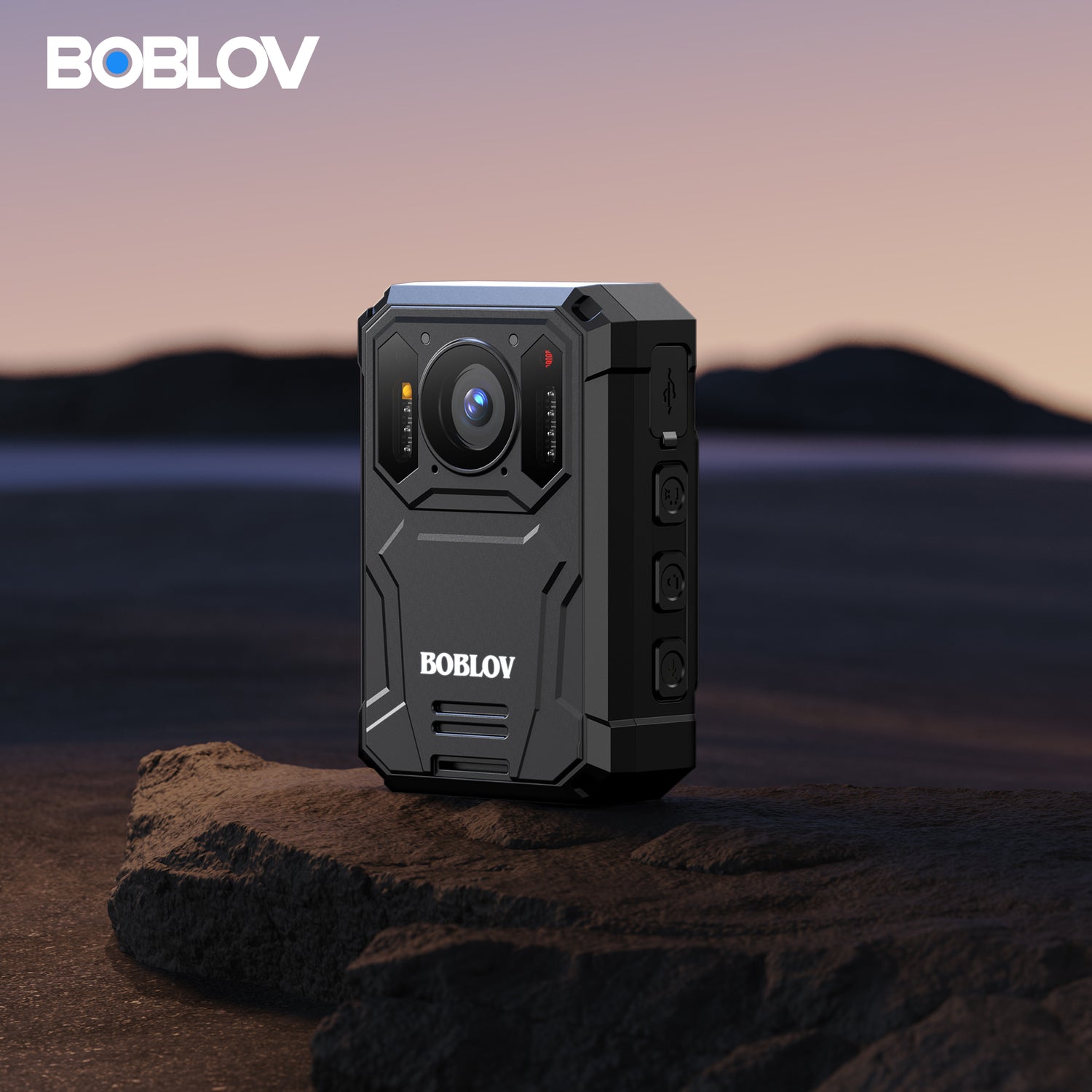Understanding the Importance of Police Body Cameras
The Evolution of Law Enforcement Video Technology
The use of video technology in policing has come a long way. Initially, dash cams were the norm. They offered a view from the patrol car. But, they had limits in what they could capture. Enter police body cams. They changed the game. Officers now wear cameras on their uniforms. This provides a closer perspective of police work. Body cams capture sound and visuals in real time. They provide proof of what happens during encounters. This tech helps in transparency and builds trust. It aids in evidence collection too. It has become a vital tool for modern law enforcement.
Legal Implications and Policy Standards in the United States
Police body cameras have become key tools in modern policing. They offer clear records of officer interactions. This transparency can build trust with the community. In the U.S., body camera use is shaped by specific laws and policies. Each state may have different rules on when to record and how to use footage. These legal standards aim to protect both citizens and officers. They help ensure that body cams are used fairly and effectively.
Evaluating the Cost of Police Body Cameras
Factors Influencing the Price of Video Cameras
When looking at police body cams, price varies widely. Many factors change the cost. Brand recognition can up the price. Features like high definition and night vision do too. More storage equals a higher cost. Cameras with long battery life will cost more. Tough, weatherproof designs also add to the price. Wireless streaming capabilities are a pricier add-on. BOBLOV is a notable brand with a range of prices. It's important to weigh these factors against the needs of the police force.
Balancing Budget and Quality for Law Enforcement Agencies
Law enforcement agencies often face a tough choice when buying body cams. Quality and cost don't always match up. A good camera can hold up in tough conditions. But high prices can strain small department budgets. Finding a balance is key. The aim is to buy a camera that lasts and serves the need without overspending. Features like battery life and video resolution matter. So does the camera's ability to integrate with current tech. Costs can vary, from basic BOBLOV models to advanced systems. The trick is to weigh pros and cons. A careful trade-off can lead to the right buy for each department.
Purchasing Tips for Police Departments
Navigating Best Buy's Video Camera Selection
For police departments looking to navigate Best Buy's selection of video cameras, here are some key tips:
- Research: Start by exploring online reviews and product specs for body cameras.
- Compare: Look at different brands, like BOBLOV, to find the best fit for your needs.
- Check Compatibility: Ensure the camera works well with your evidence system.
- Ask for Deals: Inquire about discounts or bulk pricing for law enforcement.
- Warranty: Choose cameras with strong warranties for long-term use.
Making the right choice involves balancing cost, quality, and department needs. Stick to these tips for a smooth buying process.
Ensuring Compatibility with Evidence Management Systems
For police departments, securing the right video cameras involves more than just price and quality. It is critical to choose cameras that work well with evidence management systems. To ensure compatibility, departments should confirm data format and storage options. They must verify that camera footage can integrate seamlessly with their software. This prevents tech issues and helps in efficient data handling. Departments should also look for features like easy uploading and secure sharing. This simplifies the process for officers and staff. It is wise to test cameras with current systems before buying in bulk.




